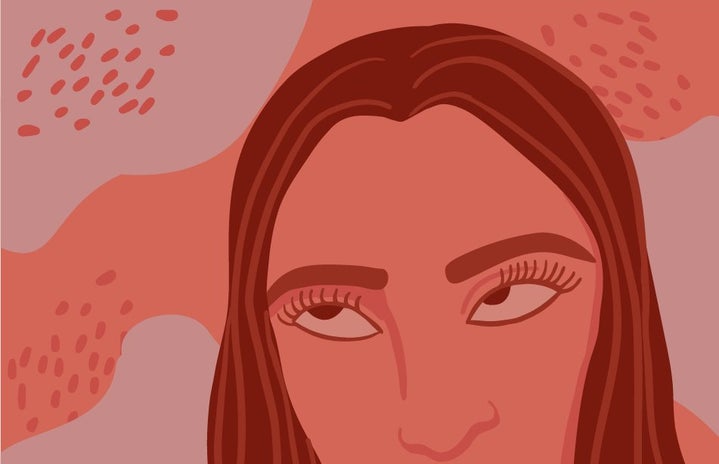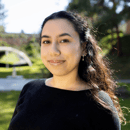All my life, I have been asked the following question: what are you?
I would always answer with a confused stare, and then a question of my own: what do you mean? They would then clarify that they meant where I was from, to which I answered from Los Angeles. That wouldn’t satisfy them, so then they would clarify that they wanted me to tell them what my race is — what they’re really asking about is my ethnicity. With a sigh, I would find myself closing off the conversation by stating that I’m Filipina and Tunisian. To that, I would receive a nod at the mention of the Philippines, followed by a confused look after I mention Tunisia, which results in me having to explain that Tunisia is in North Africa near Algeria and Libya.
I wish I could say that I had never struggled with my ethnic background growing up. Currently in my young adult years, I feel comfortable in my ethnic heritage and no longer feel out of place or disconnected as I used to as a child. Due to colonization, I’ve always known that I am not 50% Filipina and 50% Tunisian, yet I found myself searching my face for a clear sign of my ethnicities and constantly came up short. When I look into the mirror, I see more of my Arab features than my Asian features, but even that isn’t enough for people to figure out “what I am” without asking.
I especially felt at a crossroads whenever I filled out paperwork. Whether it be a health form or a survey, I never knew what to put down for race or ethnicity. In recent years, you are permitted to mark down more than one option in the race or ethnicity category, and yet, I could never figure out how to identify myself on paper. My pen would hover over the section to check off what race you are, not knowing where to land. Chances were that there was no option for North African and Middle Eastern people, so I would always end up checking the Asian box.
When I look at my family on my mother’s side, I notice how different I look from them. My eyebrows are thicker and darker; my eyes, more piercing; my nose, more defined. On my father’s side, I look like a distorted reflection of my family — with my smaller nose, my dark eyes, and my lighter complexion. I am both physically and ethnically at a crossroads, yet my family on both sides never made me feel any lesser than.
My peers, however, made me truly feel disconnected from my cultures. I know that it was never on purpose, but I couldn’t help but feel disheartened every time my Filipina asked if I knew what a word meant in Tagalog and I would shake my head. My Arab friends would do the same, and while I could pronounce words well due to my brief learning of Arabic in elementary school, I still couldn’t speak as quickly as they could, or even carry a conversation. Whenever people find out that I can’t speak my mother’s or father’s native tongue, they are immediately disappointed. It wasn’t like I never wanted to learn; in fact, I would do anything to be able to speak both Arabic and Tagalog fluently. I got used to English as a language because it was the only one used in my household seeing as how my parents communicated to each other in English.
Despite all the internal struggles, I believe that I am the person I am today thanks to my mixed heritage. I am thankful to be able to visit both Tunisia and the Philippines multiple times in my nineteen years of living so far, and I look forward to the next time I go. Visiting the places where my parents were born and seeing my family back home has been such a rewarding experience. I love going to the vast shopping malls with my Lola in the Philippines and eating pandesal in the mornings with my mom and my aunt. I love waking up to the cries of a rooster in Tunisia and seeing my Jida making sweet, sugary bread on an open grill in the early hours of the morning.
Despite feeling as if I was in limbo most of the time, especially in my youth, I never feel more connected to my ethnicities than I do when I am physically in the countries where my parents are from, and I have brought that sense of connectivity back home with me every time I returned to the United States after vacationing. I’m glad that as I’ve gotten older, I have gotten more comfortable in my mixed identity — although I hardly ever see myself in other people or the media I consume (but that’s a topic for another time). I realize now that my identity is unique to me and that I shouldn’t limit it to past feelings of alienation. Although it is by no means an easy process, I hope that mixed people who have struggled with the same identity issues can find solace in the beauty of their heritage and take steps to become comfortable with their mixed backgrounds, just as I did.


